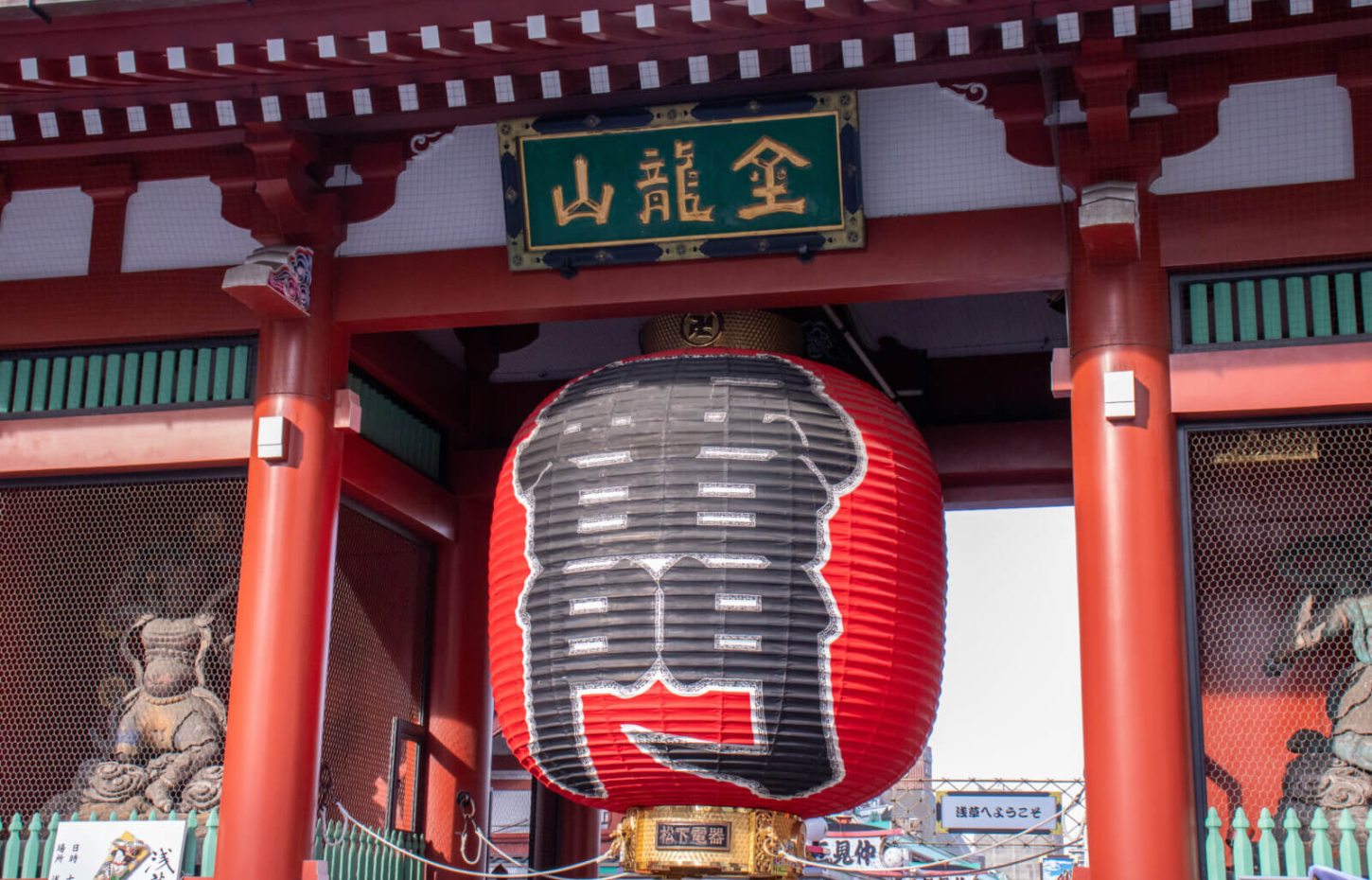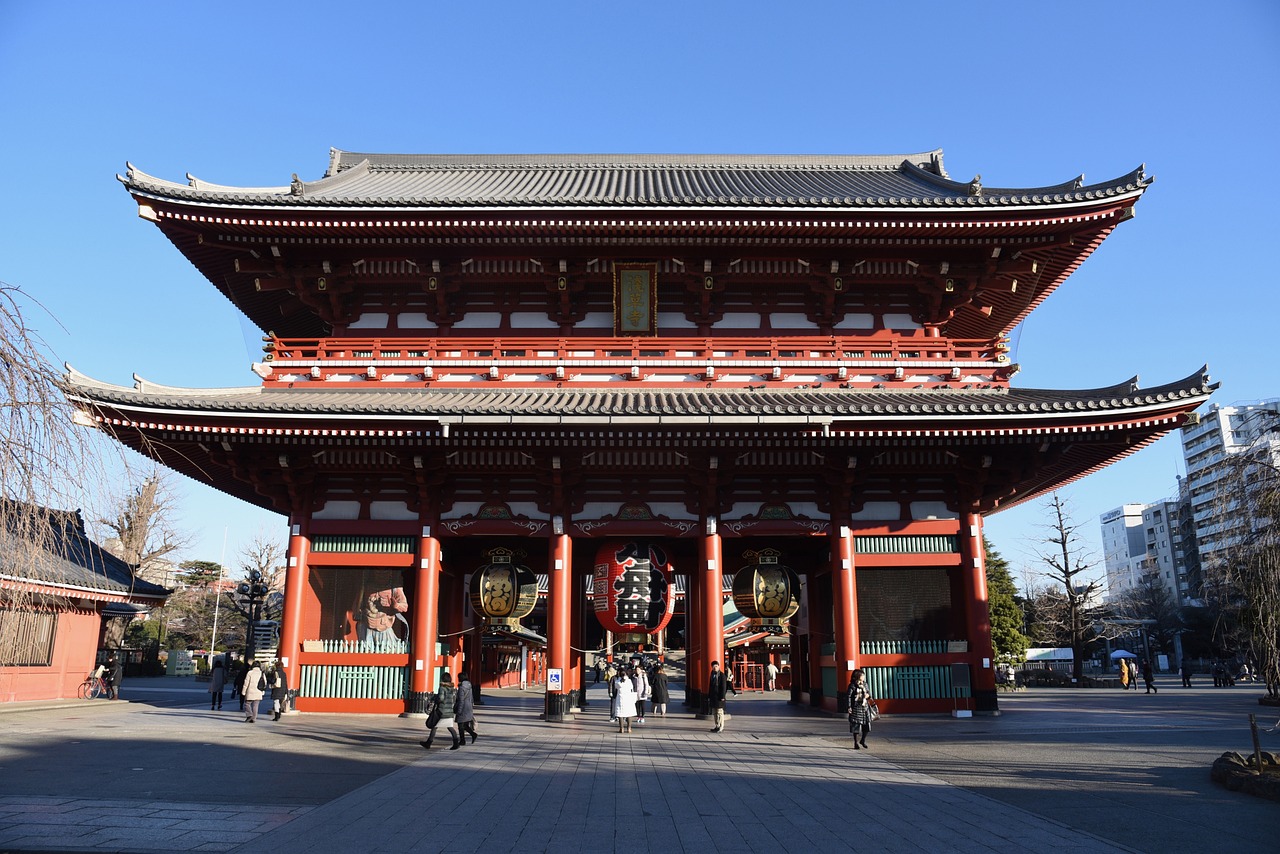
Popular Spots to Go Out in Kimono! Introducing Areas like Asakusa, Kamakura, Kyoto, and More

5. Seasonal Kimono Tips
Kimonos reflect the beauty of Japan’s four seasons. Choosing appropriate colors, patterns, and materials enhances your experience.
5.1 Spring (Mar–May)
Choose lined “awase” kimonos with pastel colors like cherry blossom pink, young grass green, or wisteria. Patterns with blossoms or butterflies suit the season. Bring a haori jacket or shawl for cooler mornings and evenings.
5.2 Summer (Jun–Aug)
Opt for unlined “hitoe” kimonos in June, then transition to airy “ro,” “sha,” or linen “usumono” in July and August. Light-colored yukata are ideal for festivals and strolls. Accessories like parasols and fans help beat the heat.
5.3 Autumn (Sep–Nov)
Wear unlined kimonos in September, then return to lined awase from October. Earthy shades such as mustard, umber, and deep green blend well with autumn leaves. Patterns of maple, chrysanthemum, grapes, and moon motifs are seasonally fitting. Layering with shawls is wise for cooler weather.
5.4 Winter (Dec–Feb)
For midwinter outings, choose lined awase kimonos and layer using items like mufflers, fur shawls, “michiyuki” coats, and thermal undergarments. Hand and foot warmth is ensured with long gloves and fleece-lined tabi socks. Stick-on warmers around the waist or back help retain body heat.
6. Essentials & Etiquette for Beginners
New to kimono outings? Here’s a checklist to keep your day comfortable and graceful.
6.1 Useful Items to Bring
- Small bag (kinchaku): Stylish and just big enough for phone and wallet.
- Foldable eco- or sub-bag: Handy if you buy souvenirs.
- Handkerchief or tenugui: for wiping hands or protecting seated areas.
- Band‑Aids: To treat zōri blisters.
- Clothespins: Useful for securing long sleeves in restrooms.
- Portable charger: For phones used in navigation or photos.
6.2 Kimono Etiquette & Manners
Walking & stairs: Take small, sliding steps with a slight inward angle to avoid stepping on your hem. On stairs, lift only the front hem slightly with your right hand.
Dining: Prevent your sleeves from touching dishes by holding them gently. Use a handkerchief as a napkin on your lap. Hold your bowl and bring it to your mouth for added elegance.
Restroom usage:
- Clip your sleeves to your obi to keep them off the floor.
- Lift your kimono’s outer layer, then the undergarments, tucking each into your obi or holding them.
- Afterward, descend each layer carefully and adjust your ohashori before checking your reflection.
8. Summary
A kimono outing can transform familiar scenery into extraordinary memories. Cities like Asakusa provide the perfect backdrop for a day you’ll never forget. With this guide’s advice—from choosing your spot and coordinating by season to bringing the right items and practicing proper etiquette—even beginners can feel confident and elegant. Take advantage of rental shops and savor every moment of this delightful non-everyday experience.












No comments yet.